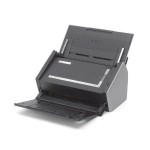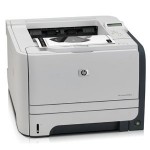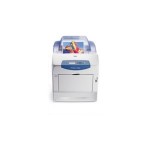Cyberattacks on Law Firms-a Growing Threat
Martindale-Hubbell: “In what has become an all too familiar refrain, a major New York law firm was recently informed by the FBI that all of the firm’s client files had been discovered on a server in a foreign country. Those files were then sent from that foreign server to China. . . . How do law firms come into the picture? The Chinese are just as likely, if not more likely, to steal the data they want from the foreign company’s attorneys and consultants as from the company itself. In fact, it is widely known that attorneys’ files are not well-protected from cyberattacks, and it is usually much easier for the Chinese to hack into the law firms’ files to steal the client data than it is to hack into the company’s files directly.”



